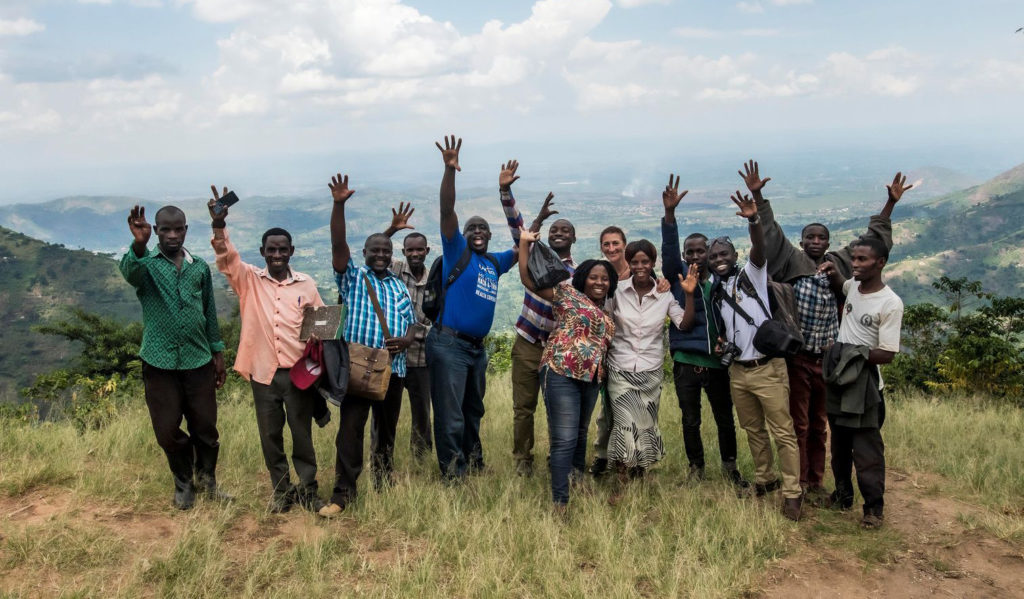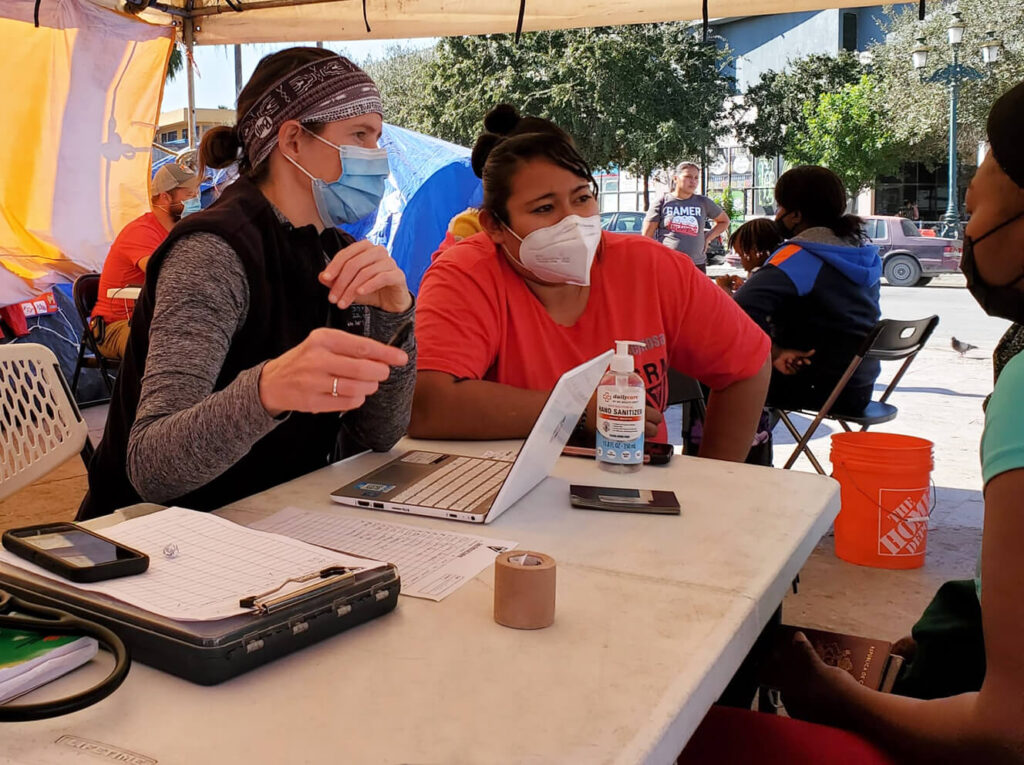New research links two of the biggest drivers of global change today: the population’s rapid aging and the planet’s rising heat.
The research, among the first to explore how residential energy use changes over the human lifespan, finds that we use more energy as we age, that local climate changes energy-demand patterns, and that demand due to warmer temperatures spikes among the elderly.
“We think it’ll be beyond our expectations and put a lot of pressure on energy supplies.”
Hossein Estiri, PhD, a researcher at Massachusetts General Hospital’s Laboratory of Computer Science and one of the new study’s authors, said the trend is separate from others also driving up residential energy demand, like larger homes that house fewer people. When those factors are added together, he expects an “amplification of effects.”
“We think it’ll be beyond our expectations and put a lot of pressure on energy supplies,” said Dr. Estiri, who is also an instructor in medicine at Harvard Medical School.
A Population Milestone Approaches
The work, conducted with Emilio Zagheni, PhD, of the Max Planck Institute for Demographic Research and published in the journal Energy Research & Social Science, uses new statistical methodology to extrapolate individual energy usage from U.S. Energy Information Administration’s Residential Energy Consumption Surveys conducted in 1987, 1990, 2005, and 2009.
The research creates and tracks “pseudo cohorts” by linking data from different age groups in each of the surveys. It shows that residential energy use climbs with age, starting when young adults leave the family home in their late teens or early 20s. Consumption remains flat until individuals reach their 30s and then climbs to a peak in their mid-50s, roughly coinciding with the end of family rearing. From 55 to 64 is another period of slow growth, with consumption increasing rapidly after age 70.
The work examines a trend that is likely to become increasingly important as the population ages and transforms the demographic pyramid that has described the human population structure for much of its history: many younger people on the bottom supporting fewer older people at the top. As more survive into old age and very old age, the pyramid is gradually becoming more like a column, with roughly equal numbers across age groups.
In September, the U.S. Census Bureau targeted 2035 as the year the U.S. will pass an important population milestone: The elderly will outnumber children for the first time in the nation’s history. Estimates expect 78 million Americans 65 and older that year versus 76.7 million younger than 18.
Targeting Residential Energy Needs
The work zeroes in on residential energy use, a key part of the global energy picture because it is the largest portion of overall building energy consumption, itself the largest single global energy consumer, accounting for about 40 percent of global demand. Studies of residential energy use have typically focused on structures’ physical attributes and building technology rather than the role of buildings’ occupants, the authors wrote. Overall global energy demand is expected to rise by about 60 percent between 2010 and 2040.
“There’s going to be a lot of problems that we’d better start thinking about.”
After examining how energy use changed across the human lifespan, Drs. Estiri and Zagheni examined how local temperatures affected residential energy use. Using survey data about “degree days,” which measure heating and cooling demand, they showed that the change in demand due to aging was highest in warmer temperatures, spiking among those 70 and older, likely because of cooling needs.
The results, Dr. Estiri said, warn that the energy needs of the rapidly growing elderly population — likely to be among society’s most vulnerable — may need special consideration. That will be particularly true as global temperatures climb and summer heatwaves both intensify and multiply. It may mean thinking of innovative building solutions for elderly residences, like incorporating solar panels and making energy-saving changes to building design.
“Population aging is going to have huge impacts in the future, starting in the near future,” Dr. Estiri said. “There’s going to be a lot of problems that we’d better start thinking about.”
This story was first published by the Harvard Gazette.





